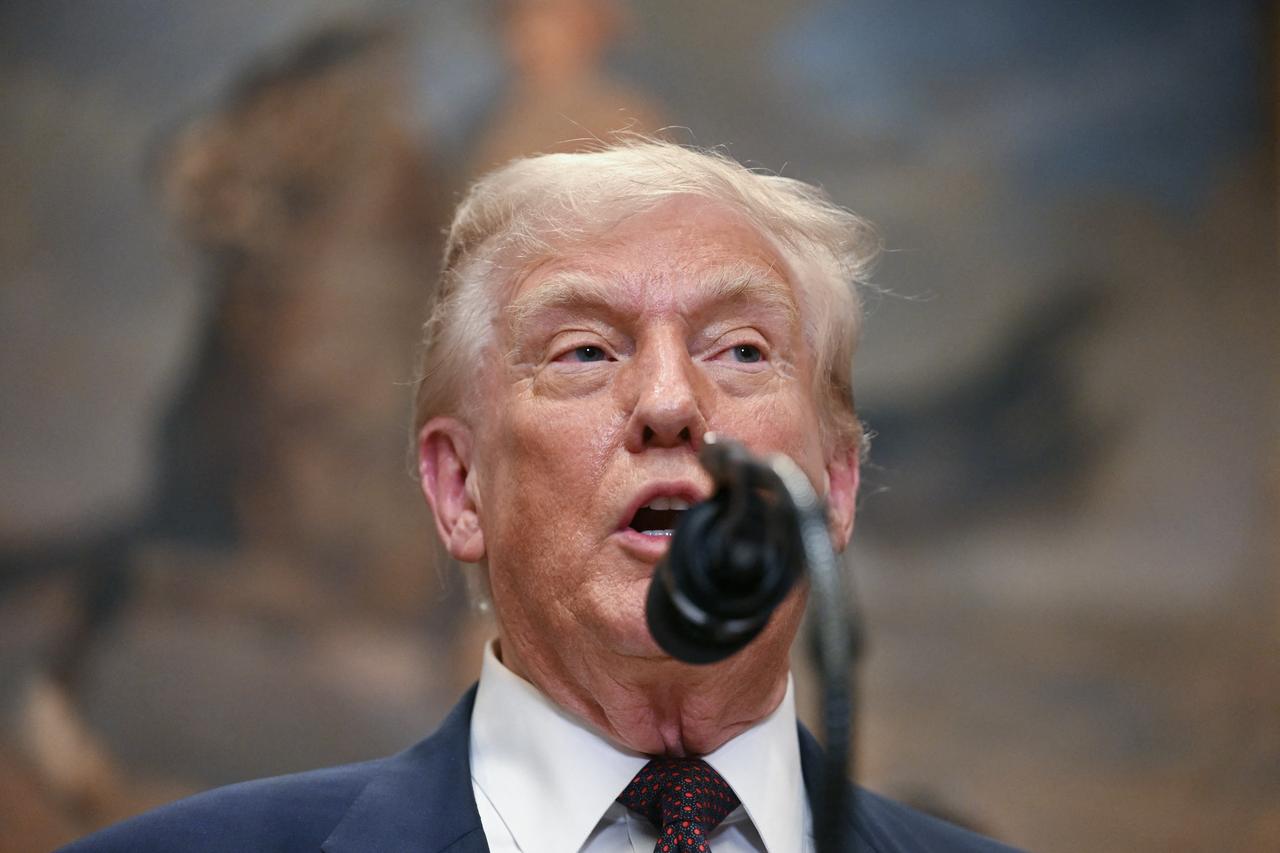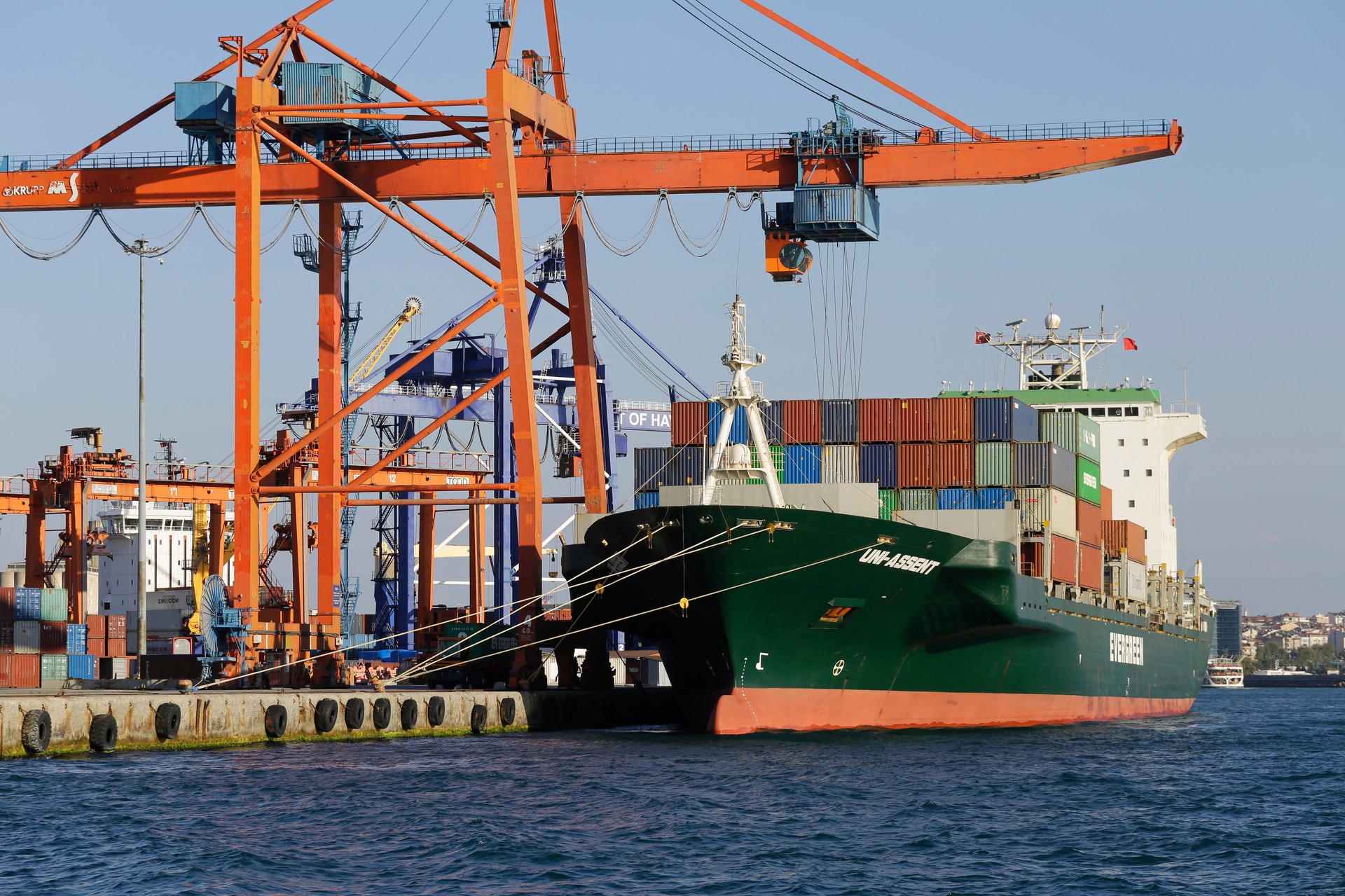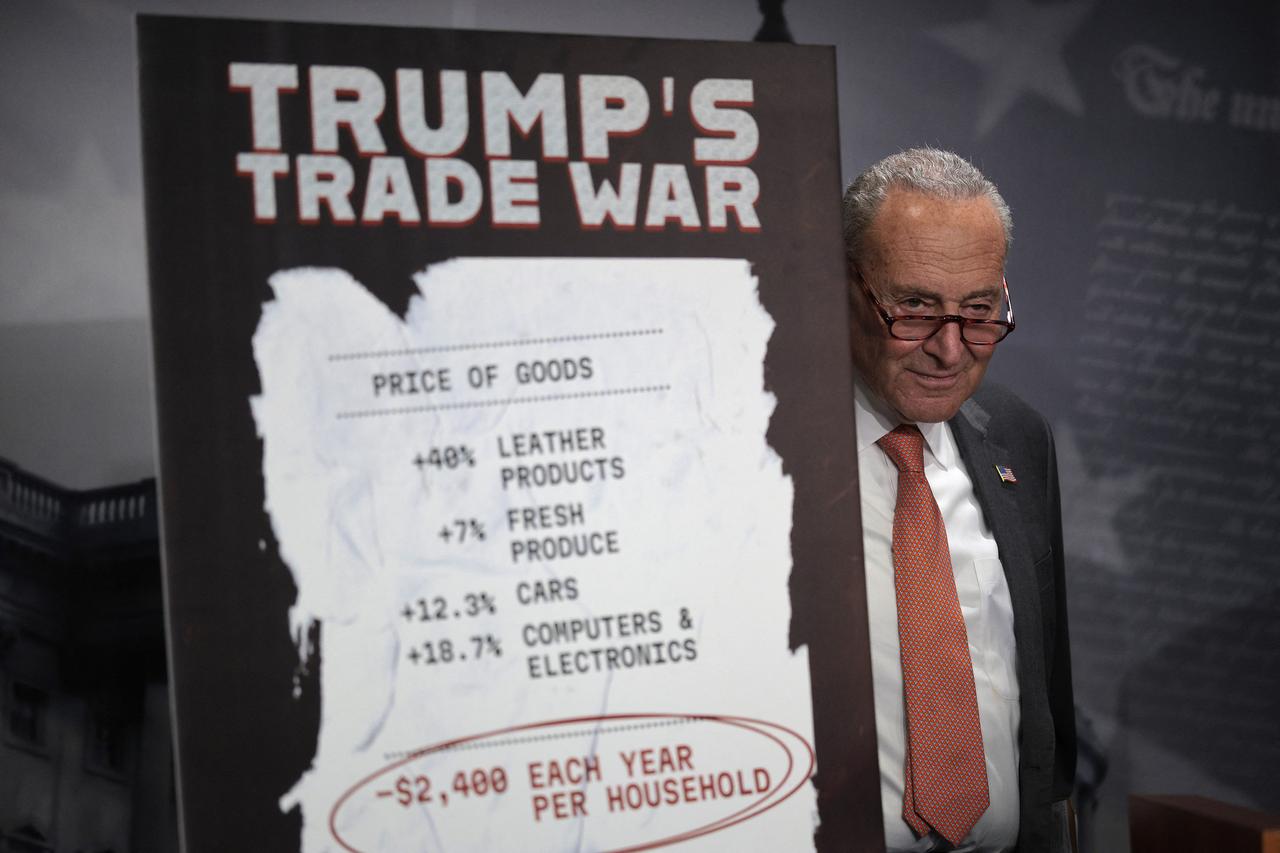
U.S. President Donald Trump signed an executive order Thursday that imposes a 15% reciprocal tariff rate on Türkiye, increasing from the previous 10% baseline rate, as part of sweeping trade policy changes affecting dozens of countries ahead of his self-imposed Aug. 1 trade deal deadline.
The executive order modifies "the reciprocal tariff rates for certain countries to further address our exploding, annual U.S. goods trade deficits," the White House said in a statement.
"There are also some trading partners that have failed to engage in negotiations with the United States or to take adequate steps to align sufficiently with the United States on economic and national security matters," the statement noted.

The new rates will go into effect on Aug. 7, appearing to give negotiators a buffer time to hammer out deals. Türkiye's 15% rate places it among countries receiving moderate increases, while some nations face tariff rates as high as 41%.
"This decisive action reflects the President's continued efforts to protect the United States against foreign threats to the national security and economy of the United States by securing fair, balanced, and reciprocal trade relationships to benefit American workers, farmers, and manufacturers and to strengthen the United States' defense industrial base," the White House added.

The president earlier said that his administration had struck a "couple" of deals but did not offer further details when addressing reporters at the White House. It remains unclear which nations Trump was referring to in his comments.
The order states that some of the affected nations "have agreed to, or are on the verge of concluding, meaningful trade and security agreements with the United States" and will be subjected to the increased tariffs until their deals are finalized.
"I found that conditions reflected in large and persistent annual U.S. goods trade deficits constitute an unusual and extraordinary threat to the national security and economy of the United States that has its source in whole or substantial part outside the United States," the White House statement noted.
"I declared a national emergency with respect to that threat, and to deal with that threat, I imposed additional ad valorem duties that I deemed necessary and appropriate," the statement added.

Trump announced sweeping tariffs for countries across the world on April 2 and later established a 10% baseline rate that would be imposed on countries while individual negotiations played out.
The U.S. president imposed an Aug. 1 deadline for nations to strike deals with his negotiating team or face heightened import duties.
Most nations received tariff rates between 15%-30%, but Iraq (35%), Laos (40%), Myanmar (40%), Switzerland (39%) and Syria (41%) were each tagged with higher rates. A separate order signed by Trump will increase the tariff rate on Canada from 25% to 35% on Aug. 1.
According to the White House order, the adjusted reciprocal tariff rates include:
Lower Rates (10%-15%): Brazil (10%), UK (10%), Falkland Islands (10%), and multiple countries at 15% including Türkiye, Afghanistan, Angola, Bolivia, Botswana, Cameroon, Chad, Costa Rica, Cote d'Ivoire, Democratic Republic of Congo, Ecuador, Equatorial Guinea, Fiji, Ghana, Guyana, Iceland, Israel, Japan, Jordan, Lesotho, Liechtenstein, Madagascar, Malawi, Mauritius, Mozambique, Namibia, Nauru, New Zealand, Nigeria, North Macedonia, Norway, Papua New Guinea, South Korea, Trinidad and Tobago, Uganda, Vanuatu, Venezuela, Zambia, and Zimbabwe.
Moderate Rates (18%-30%): Nicaragua (18%), Cambodia, Indonesia, Malaysia, Pakistan, Philippines, Thailand (19% each), Bangladesh, Sri Lanka, Taiwan, Vietnam (20% each), India, Kazakhstan, Moldova, Tunisia (25% each), and Algeria, Bosnia and Herzegovina, Libya, South Africa (30% each).
Higher Rates (35%-41%): Iraq, Serbia (35%), Switzerland (39%), Laos, Myanmar (40%), and Syria (41%).
The European Union received differentiated treatment with goods having Column 1 Duty Rates above 15% receiving 0% tariffs, while goods with Column 1 Duty Rates below 15% will face tariffs of 15% minus the Column 1 Duty Rate.